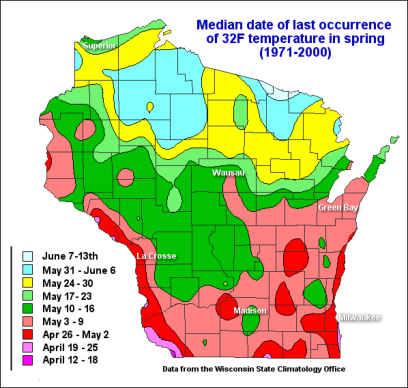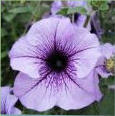










Maintaining Your Plants
Once you have planted your plants, you can start to enjoy them! However, you must
also maintain them (keeping them safe and working harmoniously with all of the
elements).
Planting Timeline
Vegetables
Mid-April Planting:
▪
Peas
Late-April/Early May:
▪
Onions & Strawberry Plants (We will be selling
these in late April even before we open.)
Onion plants can survive cold temperatures
down to 18 degrees.
▪
Cole Crops
Mid-Late May:
▪
Tomatoe & Pepper transplants can freeze off
very easily, but you get a better crop if you
plant them earlier. Traditionally they weren’t
planted until Memorial Day, but many people
are starting them in the ground in mid-May.
They can be covered or frost irrigated to give
you a jump start.
▪
Melons & Vine Crop transplants can generally
be put in around the 25th of May. If you are
going to have a cool, wet period, it is better to
weather the plants in the garage or on the
porch.
▪
Corn needs to have 50 degree soil
temperatures. A few growers will have put in bare ground corn by
mid-April, and for them it is worth the risk. These need to be early
cold tolerant varieties. The varieties we handle (Love-Me-Tender)
need warmer soils (60 degrees). Make sure plants are in moisture
when you plant them. For supersweet corn, the first day the seed is
in the ground, it is important to have it warm.
Herbs
Herbs should be planted indoors in a container or outside after a chance
of frost has passed.
Annuals
Cold hardy annuals (such as pansies) can be planted in early May.
Tender annuals can be palnted near Memorial day or after fear of frost.
Perennials
Perennials can be planted in mid-to-late May, but again watch for frost.
The summer bulb perennials we carry can also be planted at this time too
(rather than in autumn).

Plant Maintenance
Watering
Follow the watering guidelines for the plant you buy. In general new transplants need more water until their
roots are established. Wilting means the plant is stressed and needs to be watered. Water slowly and deeply.
It is also better to water in the morning to minimize evaporation and reduce water diseases. Watering is
especially critical during the hot summer months. Watering may be required every 2-3 days. To check, stick
your finger in the soil. If the top few inches are dry, then you need to water. Be careful not to overwater, as this
can cause root disease.
Mulching
Mulch keeps weeds out and water in. Cover your soil with a couple inches of mulch. For annuals, choose a
mulch that will decompose in a few months, such as the decomposing mulch roll we sell. For perennials, you
will need a longer lasting mulch, such as bark chip.
Fertilizing
Annuals, perennials, herbs, & vegetables may require different fertilizers and fertilizing schedules. Organic &
Non-organic fertilizers can be purchased at most department stores. In addition, compost can be made or
commerical composed manure fertilizers are available at local feed and seed store. Don’t hesitate to call or e-
mail to get recommendations.
Disease & Pest Control
Different plants are susceptible to different dieases and pests. Again, local stores are an excellent place to
purchase products to control disease and pests. In addition, you can purchase plants that are also resistant to
pests such as deer & rabbits. We include this information on our benchcard and as a characteristic to sort by in
the Pick Your Plant section.
Deadheading/Pinching
Pinching or deadheading helps your plants to grow.
Herbs: pinch back the tips to encourage growth in the lower parts of the stem.
Flowering Plants: removing spent flowers encourages the plant to produce blooms at an accelerated rate.
For single stem flowers, cut the flower at the base of the stem. For multiple flowering simply pinch off the
spent flower.
Foliage Plants: Pinching will encourage a fuller plant.

Turners Fresh Market & Greenhouses





















